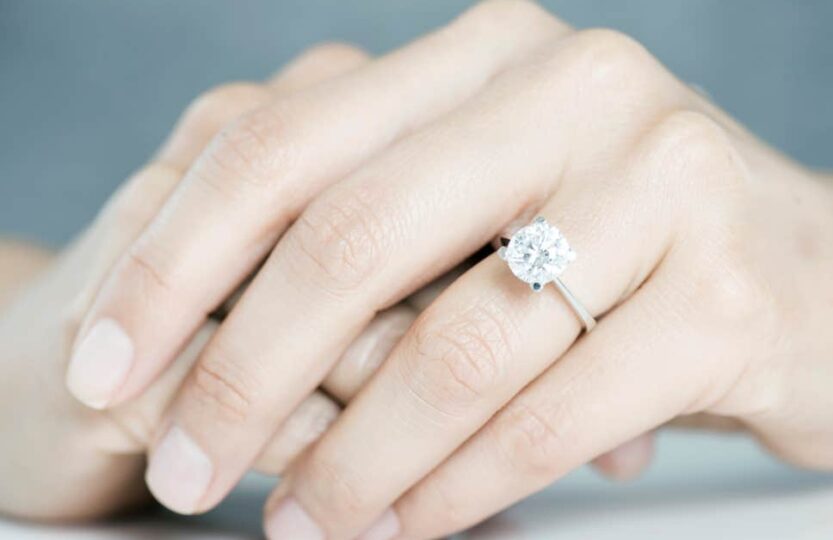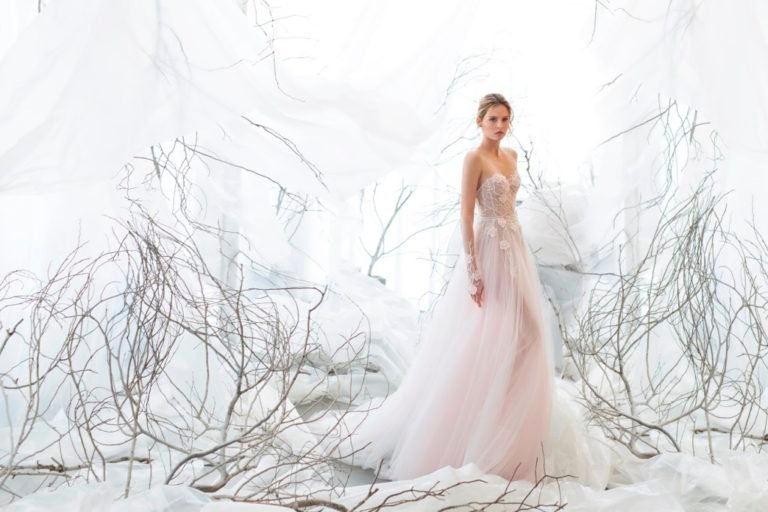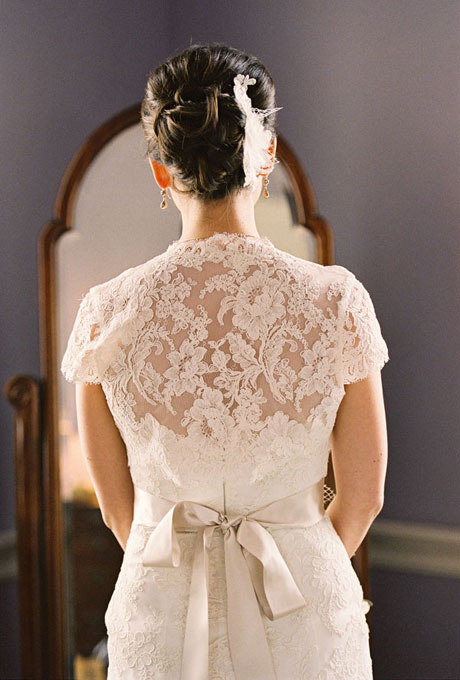There are many considerations when purchasing an engagement ring. First and foremost in that decision-making conundrum is whether to purchase an already assembled piece or buy a loose diamond and have a custom ring made. The latter is what experts recommend as you have more control over picking a loose diamond that will provide the sparkle and size your significant other will adore. Customers may look at this as the more expensive option but actually if you are more educated you can buy a smaller good quality diamond and get a better effect than buying the wrong, larger one.
Below is a crash course in what to look for when choosing an engagement ring. For the purposes of this article, we will focus on selecting a diamond because they are multi-faceted and are by far the most popular type of precious stone used in engagement rings.
Important Considerations

It is important to know what your budget is and how you want to go about purchasing a ring. There are in-store galleries or online shopping options. Whichever route you take, you will want to ensure that you go with a reputable jeweler who uses the Gemological Institute of America (GIA) scientific reports on individual loose diamonds sales. These are official documents which give the buyer assurances in what they are purchasing. In addition, if you know the characteristics you are looking for, the GIA reports make your job much easier. Also, look for a jeweler who offers custom-made jewelry like engagement rings from ShopEDC.com or you can go on the GIA website and search via zipcode for a retailer close to you.
The Four C’s
Experts look at four main criteria to determine the worth of an engagement ring. These aspects of diamonds have been studied and proven to produce rings that are pleasing to the eye and are worth a premium price. If only one of these 4C’s are focused on, the end result is not usually a quality item. All four aspects in unison create a beautiful end product. The 4C’s are Clarity, Cut, Color, and Carat.
Clarity
Clarity of the diamond is how clear it appears. Blemishes and imperfections can affect the look of the diamond. Loose diamonds used in custom rings are graded on a scale of flawless to imperfect with the cost going down based on imperfections observable in the stone. The gradient is as follows: Flawless, Internally Flawless, Very, Very Slightly Included (VVS 1 or VVS2), Very Slightly Included (VS1 or VS2), Slightly Included (SI1 or SI2), or Imperfect (I1, I2, I3) Flawless is so perfect it is not usually bought for wearing but is an investment stone. Imperfect 3 has many imperfections visible with the naked eye which can interfere with the look of the engagement ring. It is important for a customer to decide where they might want to purchase along this spectrum. For an engagement ring, experts recommend aiming for a more middle grade diamond like an SI1. This diamond is without any imperfections visible to the naked eye. Purchasing lower than this grade will mean that imperfections on the stone can be seen without magnification.
Cut

The cut largely determines the sparkle of the stone. There are many different cuts and nuances to consider when settling on what shape of diamond to buy. The most popular cut is the Round Brilliant. This is mainly because of its design with facets that let light shine through. Also, people who want a large amount of sparkle may want to consider a more open prong display. This also allows more light to get through, illuminating the beauty of the stone. Other cuts that are used in engagement rings are the Princess Square, Cushion, Oval, Radiant, Emerald, Asscher, Marquise, Pear, and Heart. Truly the largest factor in light getting through has to do with the angles and proportions of the cut. The characteristics that the GIA looks for to determine the cut grade are polish, symmetry, weight ratio, durability, brightness, fire, and scintillation. On loose stones used in custom designs, experts agree that you will want to go as high as you can afford on this criteria. This will guide a buyer to a well proportioned stone with excellent sparkle.
Color

This essentially measures the whiteness of the diamond. Loose diamonds range in color from colorless to yellow. The colorless is the more desirable and expensive side of the range with everything in between. The GIA has a color grading scheme designated by letters to describe this spectrum. D, E, F are colorless or the whitest option, followed by G, H, or I which are nearly colorless. Any of these stones are very white and appealing to the eye. After the I rating, yellow is more pronounced. J, K, and L are slightly yellow followed by M, N, O which are light yellow. Darker yellow are P, Q, R, S, T, U, V, W, X, Y, Z with Z being the most unappealing of this grade. An interesting note is that past the Z grade, there are intensely colored diamonds which shoot back up in value. These are exclusive including the very rich and dark canary yellow diamond which has an impressive amount of nitrogen. These colored diamonds are equally rare to colorless diamonds and more desirable.
Carat
The Carat is essentially the size of the diamond. Lots of marketing in the past established 1 carat as the standard size diamond to buy but in reality the average size carat bought for engagement rings is smaller than a carat due to price. 1 carat is also called 100 point carat. So any smaller amount is a fraction of points. Half a carat is 50 points and so on.
The Band

Just like diamonds are the most popular precious stone featured in an engagement ring, most bands chosen are either gold or platinum. This combination of diamond with gold or platinum delivers a durable and classic combination. The higher the karat of gold, the softer the gold.
Size of Band
This can be a difficult one to get right if the proposal is a surprise and a couple is not shopping together for a ring. In general, it is best to err on the side of too large rather than too small. Before purchase, a customer would want to ensure that the ring they are buying can be taken in if needed.
Choosing a stone with the aforementioned characteristics will give the wearer something to enjoy and treasure. Purchasing engagement rings from ShopEDC.com or approved GIA retailers can give buyers confidence in knowing that this important purchase has been vetted by experienced and expert jewelers.





